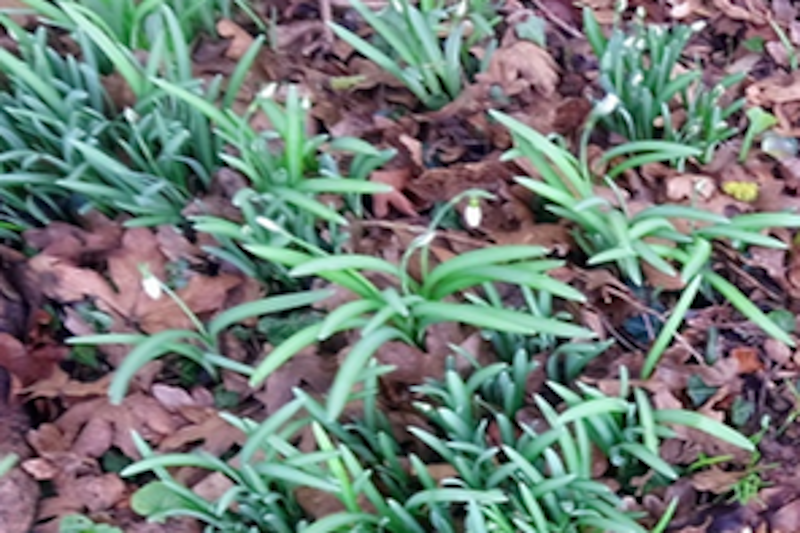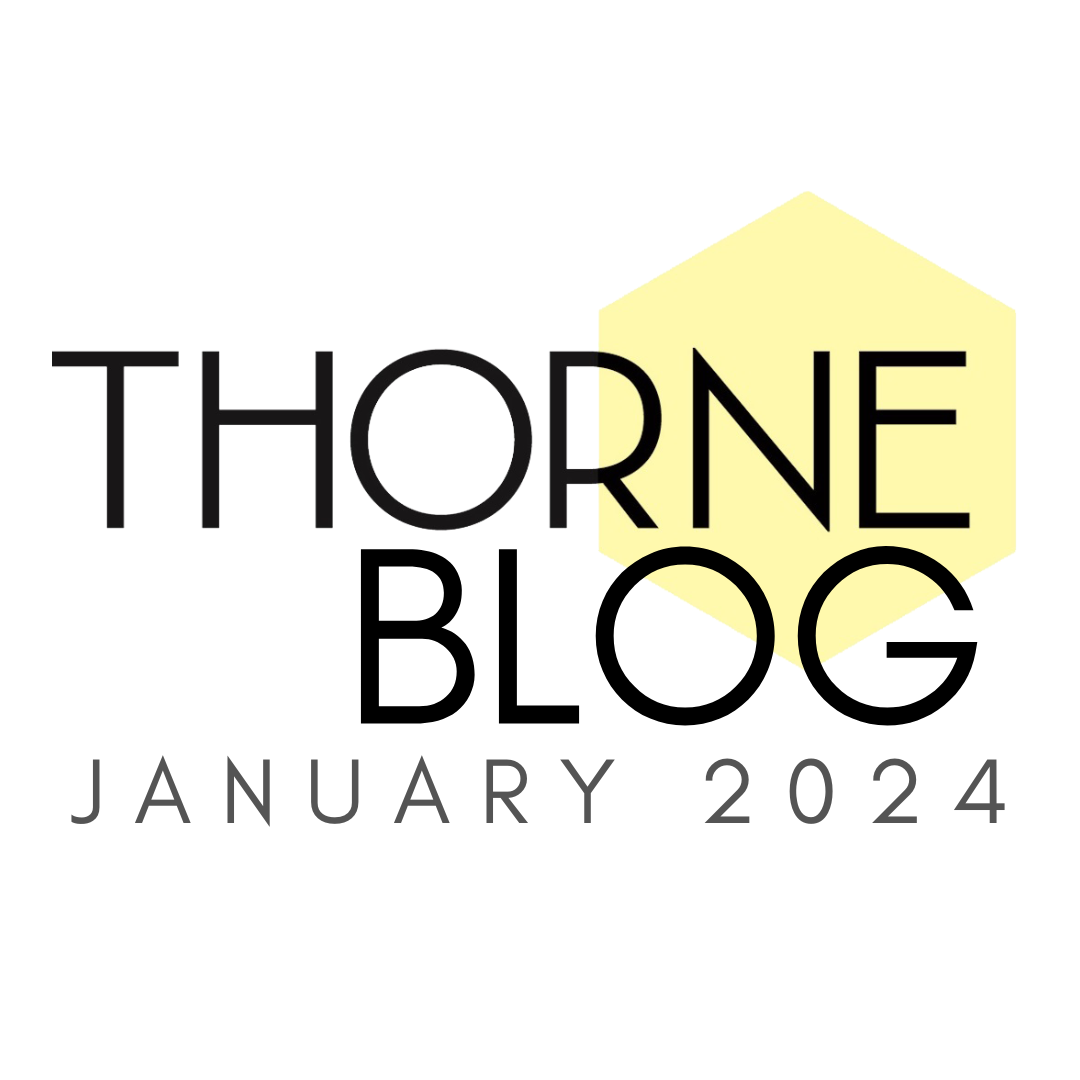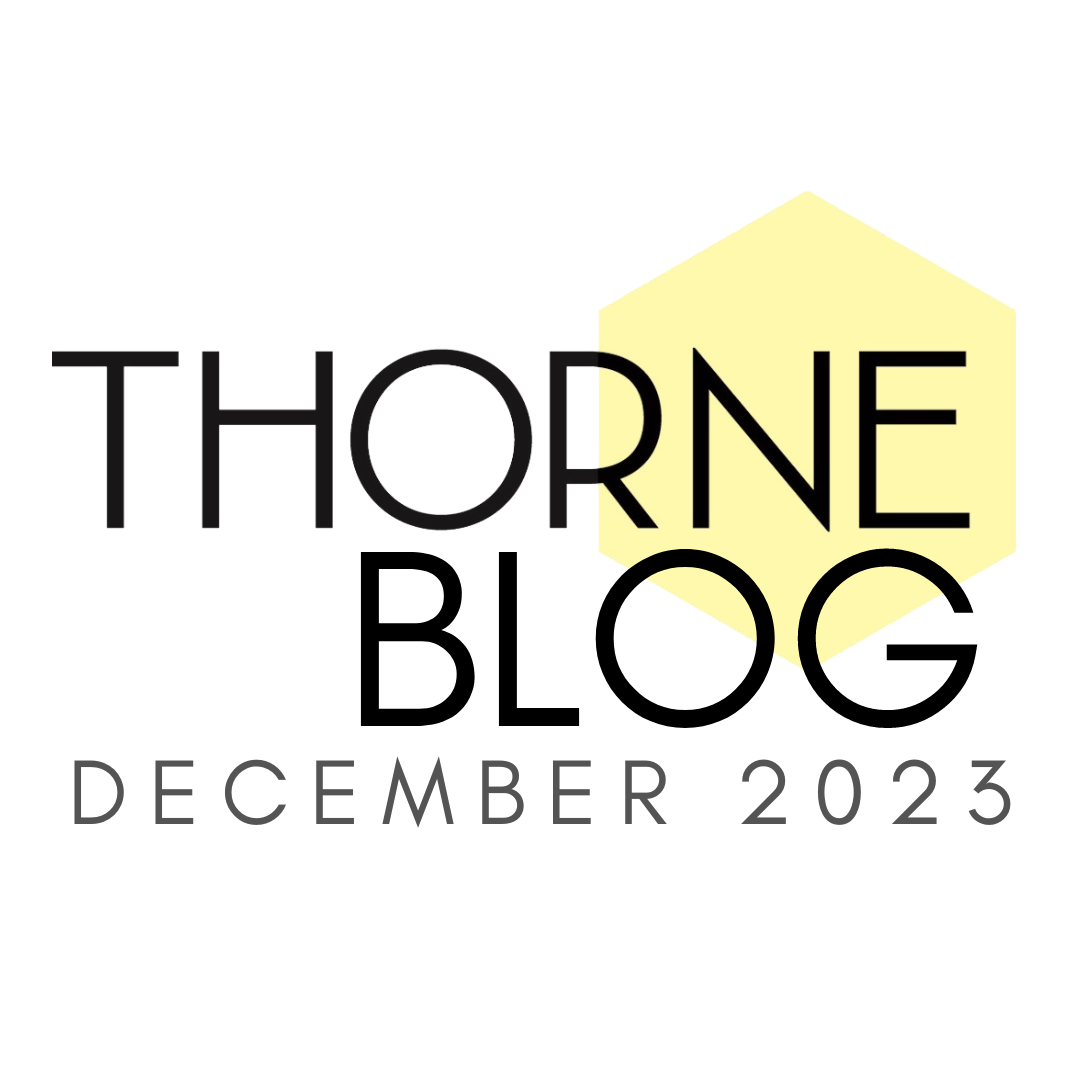Early in January, I did the usual checking of varroa levels using the open mesh floor insert and decided the varroa treatment of choice this year would be Varromed. This is an oxalic acid based product, similar to the likes of Oxybee and Api-Bioxal but it also contains formic acid. Unlike these other two, Varromed comes in a convenient squeeze bottle with the solution ready made up.
This month I observed flying bees especially on sunny days and noticed that when I opened up the hive to treat the colonies, they were not all clustered tightly inside the hive either. Being in a tight cluster is preferable when treating as this means you can get on with your treatment in peace, without a face full of bees flying up at you. This picture shows a fairly tightly clustered colony, with the Varromed poised to treat. You can see the bees are sat on top of the frames; ideally, they would be clustered further down in between the frames but this one happened to stay fairly tight even as the liquid was dropped onto them.
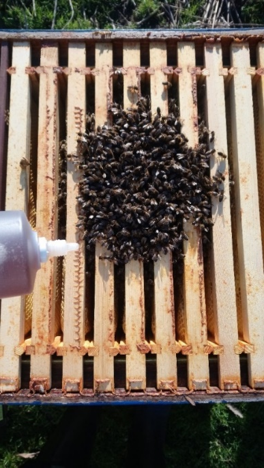
Hefting and feeding the colonies continue to be winter tasks. As usual, I found most colonies did not need re-feeding from one week to the next, but occasionally there was one that had eaten the majority of the fondant provided for them on the previous visit. These are the only ones I fed. Taking into consideration the warm temperatures we experienced for the majority of January however, I checked on the stores every week. As mentioned above, not all colonies clustered properly, which means they will have used up more energy than if it were a cold winter and were clustered in a tight ball. That said, it has still been too cold for the bees to forage, plus the fact there has not been anything for them to actually forage on and therefore they will not have replenished any of the stores they have been using. Bees can starve at this time of year, especially if there is a cold snap and they don’t have enough stores in the hive to sustain themselves. Therefore, it is up to me to make sure they have plenty of food to see them through.
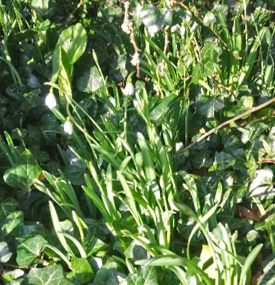
With all the rain we have had in the last few months, the apiary at the lakes where we keep the majority of our bees at Rand is still sodden. The hives are fine as it is not flooded but it is far too wet to get the trailer on there with the slabs that we need to set out the new apiary. We will just have to wait until the ground has either frozen or completely dried out before we can drive on the grass and deliver the slabs.
In the last half of the month, despite some colder weather, I spotted the first sign of spring (although, I do have to remind myself not to get too excited just yet)! Round the back of the museum apiary here at Rand I came across a couple of clusters of Snowdrops – if you look closely, you may be able to see a few white heads!
A lot of what goes on here beekeeping-wise during these colder months is done inside; planning what treatments to use, deciding on methods to take off nucs, organizing what kind of equipment we need, how to carry out queen rearing and much more. It does sometimes seem like there is an overwhelming amount to organize and plan but it is better to have a good idea now rather than in April when the bees get busy!


